The Evolution of Water Rescue Technology
From Traditional Lifebuoys to Smart Solutions
Historically, traditional lifebuoys were the go-to devices for water rescues, known for their simple circular design and floating capacity. They relied heavily on being thrown accurately toward a person in distress, making them limited by the thrower's strength and precision. Despite being essential, these devices had significant limitations in terms of range and reliability, especially in rough waters.
Modern innovations have significantly transformed these limitations by integrating technologies like GPS and automated deployment systems into rescue devices, drastically improving response times and effectiveness. For example, remote controlled life buoys now come equipped with motorized propelling systems and can be controlled remotely to reach individuals quickly and safely. These innovations have revolutionized rescue operations by providing quicker responses and enhancing safety both for the rescuer and the person in distress.
Today, smart solutions such as the Dolphin 1 by Ocean Alpha highlight the evolution in water rescue technology. This unmanned surface vehicle is designed with high buoyancy and motorized propulsion, allowing it to quickly reach and support multiple individuals in emergencies. Such advancements in life-saving technology underscore the progress from the basic lifebuoy to sophisticated rescue devices that incorporate cutting-edge smart rescue technology and life jackets for adults.
Integrating Inflatable Life Jackets and Safety Gear
The evolution of inflatable life jackets marks a significant advancement in water safety, offering benefits such as portability, comfort, and enhanced protection. Unlike traditional rigid life jackets, inflatable versions can be easily packed and worn without hindering movement, making them ideal for a wide range of users, from the casual water-goer to professional rescuers.
Integrating modern technologies like automatic inflation mechanisms and advanced materials has further improved the effectiveness of these jackets. The incorporation of additional safety gear has also become essential in water rescue technology, enhancing the wearer’s chances of survival. By combining inflatable life jackets with features such as GPS locators or flashlight beacons, the odds improve for quick rescue and survival, particularly in daunting conditions or extensive water bodies.
Case studies highlight the life-saving impact of integrated safety gear. For instance, during flood emergencies, the use of camo life jackets equipped with modern technologies has been shown to significantly improve rescue effectiveness, aiding operations in difficult terrain where visibility and accessibility are compromised. This integration demonstrates the crucial role that advanced safety gear plays in the evolving domain of water rescue. These improvements not only ensure greater safety for adults but also enhance protection mechanisms for specific needs, such as those required by a baby life jacket.
Core Innovations in Remote-Controlled Lifebuoy Systems
Advanced Propulsion and Navigation Features
The latest advancements in propulsion technology have significantly enhanced the efficiency of remote-controlled lifebuoys. These devices are now equipped with cutting-edge propulsion systems that allow for swift and precise navigation in water. Integrated GPS and underwater navigation systems further bolster their deployment accuracy, drastically improving rescue operations. For instance, statistics indicate that rescues utilizing advanced navigation systems see an increased success rate, highlighting the critical role these technologies play in modern water rescue efforts.
Durability in Extreme Water Conditions
Modern lifebuoys are engineered with robust materials designed to withstand harsh environmental conditions. The use of durable components ensures these devices remain operational even in extreme weather, a crucial requirement for effective water rescue technology. Rigorous testing methods simulate the most challenging weather and water conditions to ensure these systems meet the highest durability standards. Specific reports from field tests and real-life rescue missions consistently affirm their exceptional performance, reinforcing their reliability in critical scenarios.
Smart Sensors and Real-Time Communication
Smart sensors have become an integral part of water rescue operations, enhancing the capability to detect victims and monitor environmental conditions accurately. These sensors, coupled with real-time communication technology, play a vital role in coordinating effective rescue efforts. Practical applications of this technology in rescue missions have led to notable improvements in response effectiveness. For example, using smart sensors to assess conditions and communicate with rescue teams in real time has streamlined operations, ensuring that help arrives swiftly and efficiently.
Featured Products Revolutionizing Water Rescue
Wholesale Marine 6M Rescue Boat: Engineering Excellence
The Wholesale Marine 6M Rescue Boat stands out in the realm of water rescue technology due to its remarkable engineering features designed for effective rescues. This watercraft excels with its robust reinforced hull that offers superior safety through resistance to punctures, collisions, and abrasions. Many professionals commend its innovation, which includes a water jet propulsion system for smooth navigation and stability, especially important during challenging rescue operations. Additionally, the boat’s modular design accommodates various outboard motors, enhancing adaptability for diverse rescue scenarios. For professionals in water rescue operations, this state-of-the-art engineering ensures a safer approach to critical interventions, making it a preferred choice in the market.
Kayak Rescue Lit 20m Safety Rope Bag: Compact Readiness
The Kayak Rescue Lit 20m Safety Rope Bag represents a pivotal advancement in compact safety gear tailored for kayak rescue scenarios. Its design incorporates usability features that make deployment swift and efficient, crucial during time-sensitive rescue missions. The compact form factor ensures that rescuers can easily carry and deploy the rope bag in emergencies, leading to enhanced readiness and effectiveness. Customer feedback consistently highlights the practicality of its design, emphasizing ease of use and reliability. By staying prepared with such versatile equipment, water rescue personnel can address emergencies efficiently, optimizing rescue operations.
Practical Applications and Future Developments
Coastal Rescue Operations and Flood Barrier Integration
Current water rescue technologies are pivotal in coastal rescue operations, primarily focusing on their application in mitigating disasters. These technologies provide robust solutions that are increasingly essential in navigating complex coastal environments, where traditional rescue methods may be constrained. Moreover, the interplay between rescue technology and flood barrier systems is integral in preventing emergencies, creating a comprehensive approach that aims to mitigate disaster impacts effectively. Looking ahead, emerging trends in coastal rescue technology suggest advancements in automation and integration, potentially transforming disaster management. For instance, the adoption of remote-controlled lifesaving devices, like Emily and U SAFE, demonstrates a strategic shift towards more proactive and efficient water rescue applications.
AI Integration and Global Safety Standards
Artificial Intelligence (AI) plays a vital role in enhancing decision-making during rescue operations by offering real-time data analysis and predictive insights that improve response efficacy. AI technology is increasingly vital in refining operational strategies, paving the way for more informed and swift rescue missions. Concurrently, the development of global safety standards for water rescue technology underscores the need for unified guidelines that ensure equipment reliability and operational safety. Expert insights reveal that future challenges in integrating AI into safety protocols include managing data security and alleviating system reliance concerns. However, the opportunities are vast, with AI promising improved accuracy, adaptability, and efficiency in executing rescue operations. Collaboration and continuous development in AI integration are essential for shaping future water safety protocols and standards.


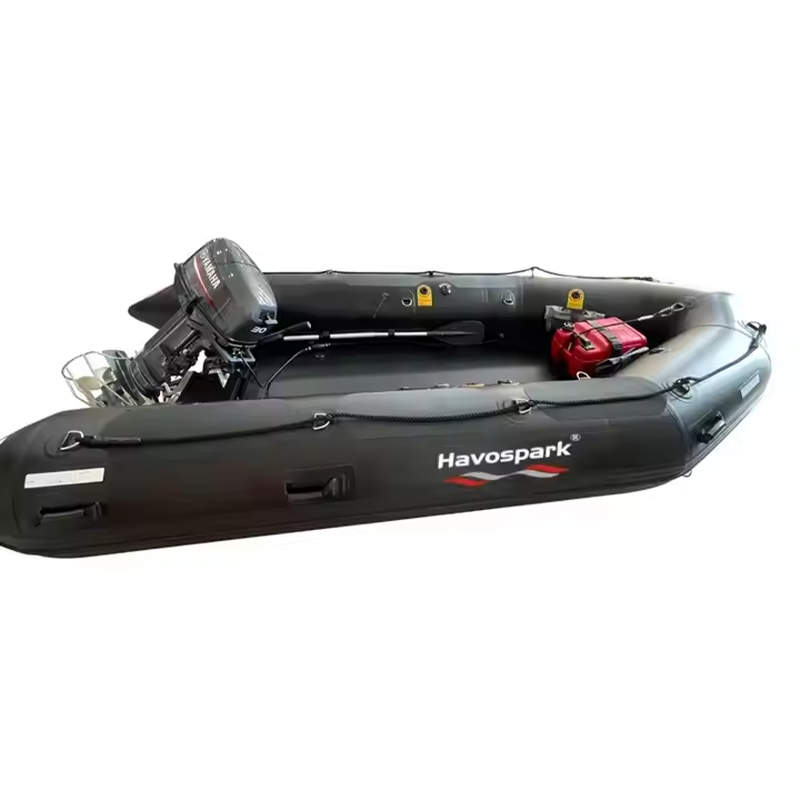
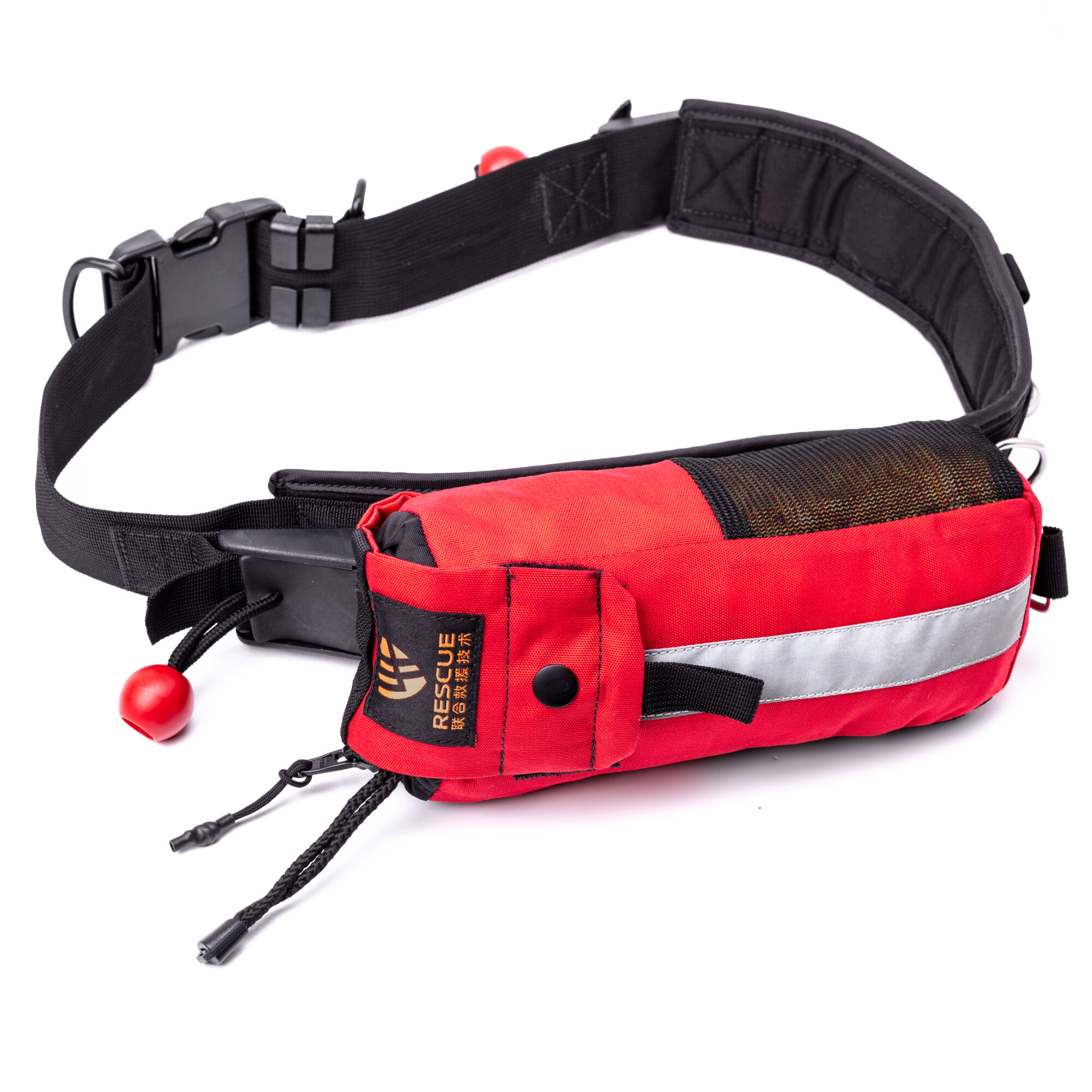

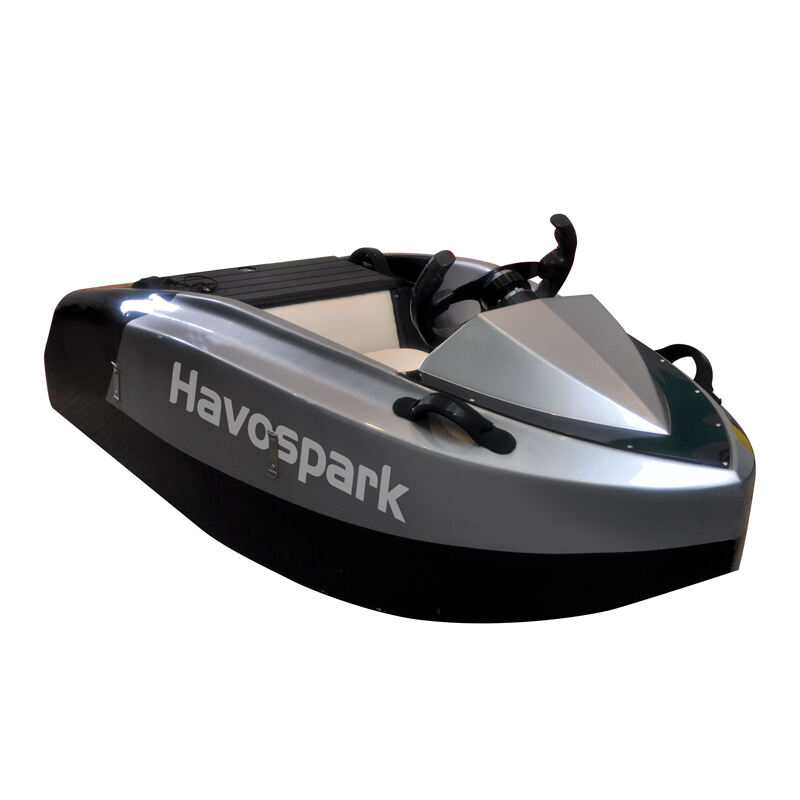
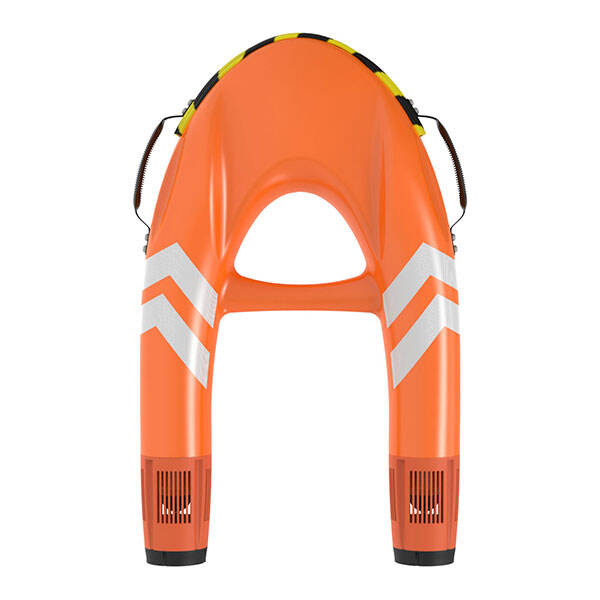

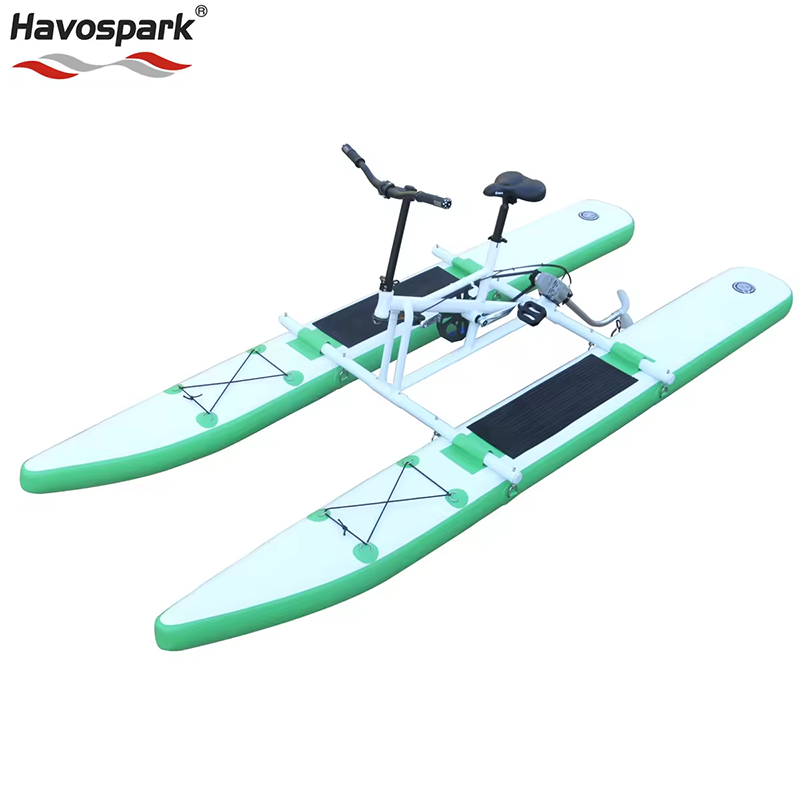
 Hot News
Hot News
